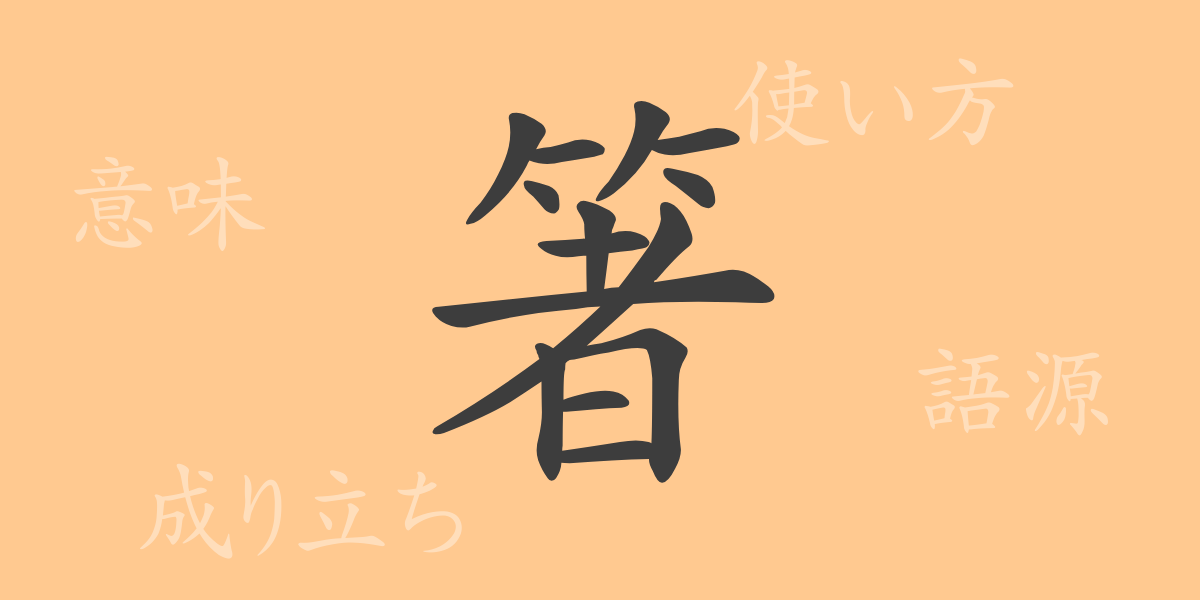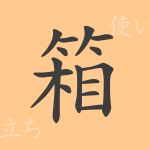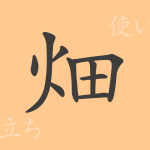In Japanese culture, *hashi* (箸) is more than just a dining utensil; it holds a special place that transcends its practical use. This article delves into everything related to *hashi*, from its origins, meaning, and usage to its pronunciation, related idioms, and proverbs. By exploring the customs around *hashi*, you can gain insight into a significant aspect of Japanese culture, from table manners to the depth of the language.
Origins of *Hashi* (箸)
The origin of the word “箸” (*hashi*) dates back to ancient China, during the Yin (殷) dynasty. Originally, it referred to “bamboo utensils for cooking,” and it is believed to have been introduced to Japan during the Nara (なら) period. Over time, *hashi* developed into a unique part of Japanese culture, and today, various types of chopsticks, such as those made from wood, bamboo, or plastic, are used in daily life.
The Meaning and Use of *Hashi* (箸)
*Hashi* (箸) are tools used to pick up food and bring it to the mouth. Beyond their functional role, *hashi* are deeply tied to Japanese etiquette and manners. Correct usage of *hashi* is considered an important social skill. For instance, holding chopsticks properly, not stabbing food with them, and not passing food from one pair of chopsticks to another are all viewed as indicators of good upbringing and etiquette. The way one uses chopsticks can often reflect their manners and social awareness.
Pronunciation, Stroke Count, and Radical of *Hashi* (箸)
The kanji “箸” (*hashi*) also features interesting aspects in its pronunciation and structure.
- Pronunciation: In *on’yomi* (音読み, Chinese reading), it is read as “cho,” and in *kun’yomi* (訓読み, Japanese reading), it is read as “hashi.”
- Stroke Count: It consists of a total of 15 strokes.
- Radical: The radical is “竹” (*takekanmuri*), which means bamboo.
Idioms, Expressions, and Proverbs Involving *Hashi* (箸)
*Hashi* (箸) appears in various idioms, expressions, and proverbs. For example, “箸にも棒にもかからない” (*hashi ni mo bou ni mo kakaranai*) means something or someone is utterly useless. “箸が転がってもおかしい年頃” (*hashi ga korogatte mo okashii toshigoro*) refers to the phase in a young girl’s life when she is easily amused, symbolizing the delicate transition from girlhood to womanhood. These expressions highlight the Japanese people’s deep familiarity with and affection for *hashi*.
Conclusion on *Hashi* (箸)
*Hashi* are indispensable in everyday Japanese life, and the way they are used, as well as the words associated with them, reflects Japan’s rich culture and history. Mastering the proper use of *hashi* is not only crucial for dining etiquette but also a significant aspect of living in Japan. Through this article, we hope you have gained a deeper appreciation for the multifaceted role of *hashi* in Japanese culture.

























